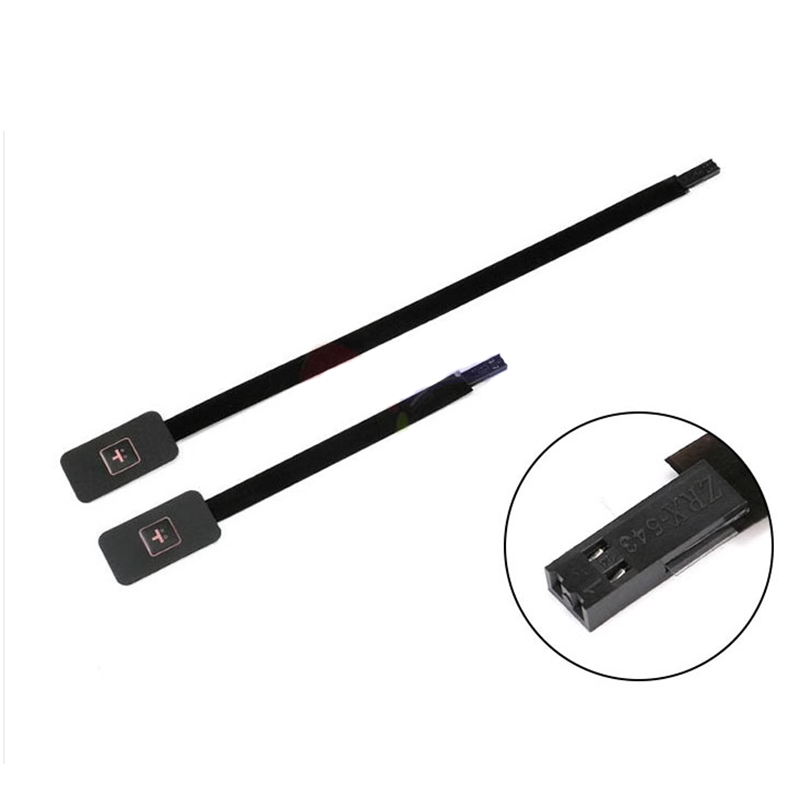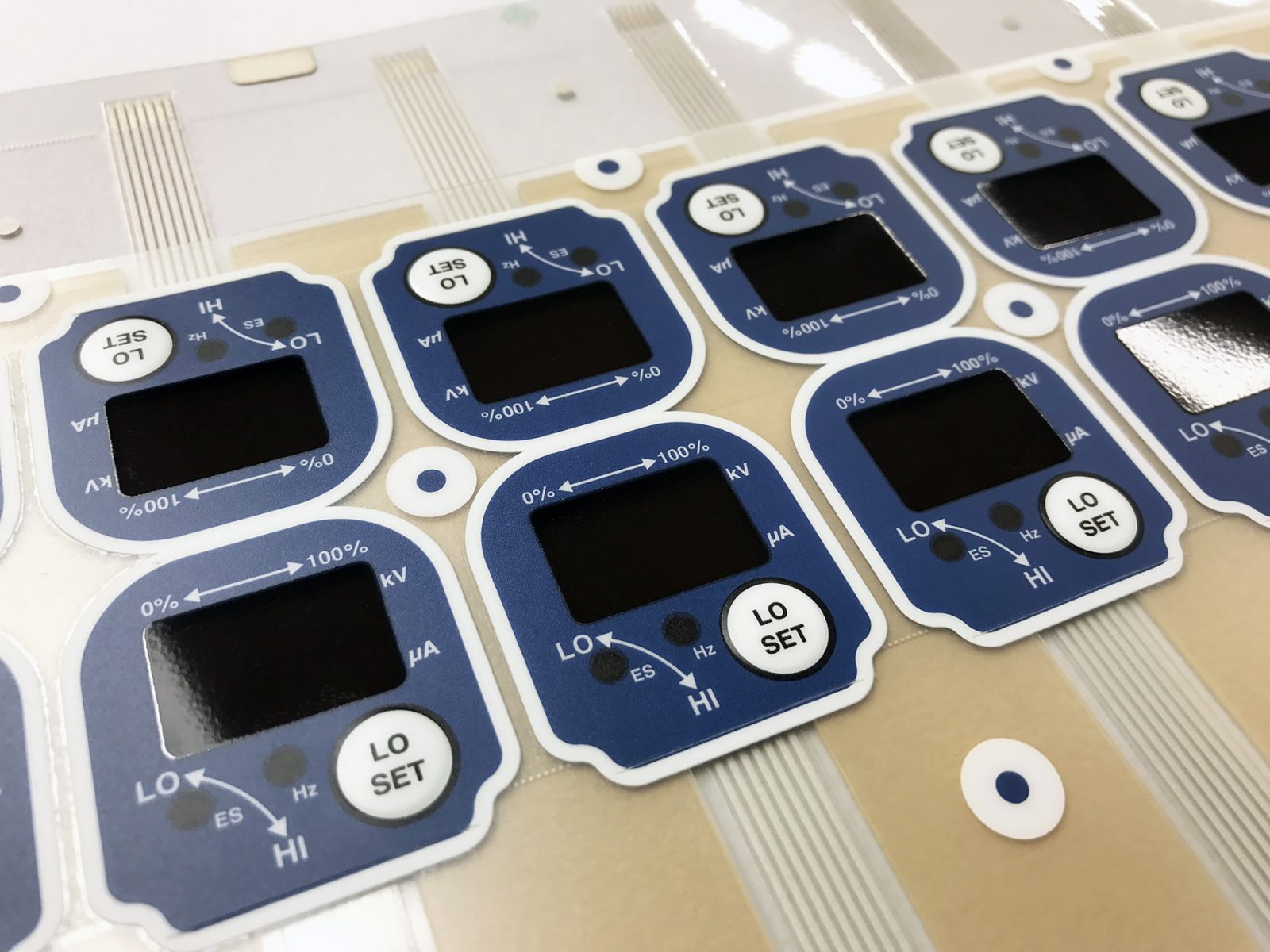Membrane Layer Switch Over Innovation: The Trick to Trustworthy and Cost-efficient User Interfaces
Membrane button modern technology has actually emerged as an essential component in the layout of individual interfaces, providing both reliability and cost-effectiveness throughout a varied array of applications. As we discover the diverse advantages of membrane layer switches, their possibility for advancement increases inquiries regarding future applications and evolving patterns.
Understanding Membrane Layer Change Technology
Membrane layer button innovation is an extensively made use of user interface service in numerous electronic gadgets, offering a smooth blend of performance and layout. This innovation includes multiple layers of products, generally consisting of a visuals overlay, spacer layer, and a circuit layer. The graphic overlay presents the user interface elements, while the spacer layer divides the circuit layer from the overlay up until a user triggers a switch.
When pressure is used to the overlay, the circuit layer finishes the electrical circuit, sending a signal to the gadget. This device allows for numerous configurations, consisting of responsive feedback and backlighting options, enhancing individual interaction. Membrane layer buttons are usually made using resilient materials such as polyester or polycarbonate, making certain durability and resistance to environmental aspects like dampness and dirt.
The versatility of membrane changes allows their application in varied sectors, consisting of medical devices, consumer electronics, and industrial controls. Their small style permits for assimilation right into space-constrained settings, giving a reliable interface without endangering visual appeal. Understanding the complexities of membrane switch innovation is essential for producers and designers seeking to create dependable and effective human-machine interfaces.
Secret Advantages of Membrane Switches
While various interface remedies exist, membrane layer changes deal unique advantages that make them a favored choice in numerous applications. Among the primary benefits is their toughness; membrane switches are made to withstand rough ecological conditions, consisting of dampness, dust, and temperature variations, making certain resilient performance. This durability significantly reduces the requirement for frequent substitutes, consequently decreasing total maintenance costs.

Additionally, membrane layer switches are light-weight and portable, making them suitable for applications where area is limited. Their inconspicuous layout adds to a streamlined look without compromising performance.
Cost-effectiveness is additionally a notable advantage, as the manufacturing process for membrane changes has a tendency to be more economical contrasted to conventional mechanical buttons. This price, incorporated with their integrity and ease of installation, positions membrane changes as a sensible remedy for a vast array of industries looking for reliable and effective individual interfaces.
Applications Across Various Industries
Just how do membrane layer switches adjust to the diverse needs of numerous markets? Membrane button technology is significantly acknowledged for its versatility, making it appropriate for a broad array of applications across multiple markets.
In consumer electronic devices, membrane buttons offer a portable service for remotes and home appliances, boosting user experience with instinctive style. In addition, the industrial market leverages membrane switches for equipment control panels, profiting from their resistance to severe settings, such as moisture and dust.
Army go to my blog and aerospace applications also use membrane switches for their integrity and ability to stand up to severe conditions, ensuring functional performance in vital scenarios. Furthermore, the food and beverage market takes on these buttons for automated systems, where cleanliness and simplicity of procedure are critical. Eventually, membrane buttons are customized to fulfill the one-of-a-kind demands of each industry, verifying their necessary function in modern-day technology user interfaces
Style and Modification Alternatives

In the world of membrane layer switch innovation, style and personalization choices play an essential function in improving performance and individual interaction. These switches can be tailored to meet details operational needs and aesthetic preferences, making them flexible components reference in various applications.
Among the key personalization choices is the layout of the switch itself, which can be designed to suit one-of-a-kind customer interfaces and ergonomic considerations. By adjusting the shape, dimension, and arrangement of switches, suppliers can produce intuitive designs that promote simplicity of use. Furthermore, the consolidation of various shades and graphic overlays allows for branding and boosted visibility, making sure that users can promptly identify features.
Additionally, membrane switches can be engineered with various tactile feedback mechanisms, such as elevated switches or distinct clicks, to improve the user experience. Various materials can more helpful hints additionally be selected for resilience and environmental resistance, resolving aspects such as moisture, temperature level fluctuations, and chemical exposure.
Inevitably, the comprehensive design and modification options readily available in membrane button technology equip organizations to create customized services that not just meet practical needs but likewise straighten with their branding and functional demands.

Future Trends in Membrane Buttons
As membrane layer switch technology continues to advance, future fads are progressively focused on boosting user experience and incorporating advanced functionalities. One significant fad is the combination of touch-sensitive and capacitive modern technologies right into typical membrane switches. This growth permits more instinctive interface, providing tactile feedback while preserving a smooth design.
One more arising pattern is making use of ecologically pleasant products, driven by the expanding need for sustainable manufacturing methods. Producers are seeking to reduce their carbon impact by making use of recyclable substratums and low-impact inks, lining up with worldwide sustainability goals.
Additionally, the surge of the Internet of Things (IoT) is motivating the consolidation of wise functions into membrane switches. Enhanced connectivity choices will certainly allow devices to communicate with each various other, enabling seamless integration right into more comprehensive systems.
In addition, advancements in printing modern technologies, such as electronic printing, are enabling better style versatility and modification. This makes it possible for manufacturers to produce intricate layouts and dynamic shades cost-effectively.

Conclusion
In verdict, membrane switch innovation stands for an important innovation in individual interface style, providing substantial benefits in longevity, customization, and cost-effectiveness. As improvements continue to emerge, especially in touch-sensitive user interfaces and sustainable materials, the potential for membrane layer switches to improve user experience and functionality stays appealing.